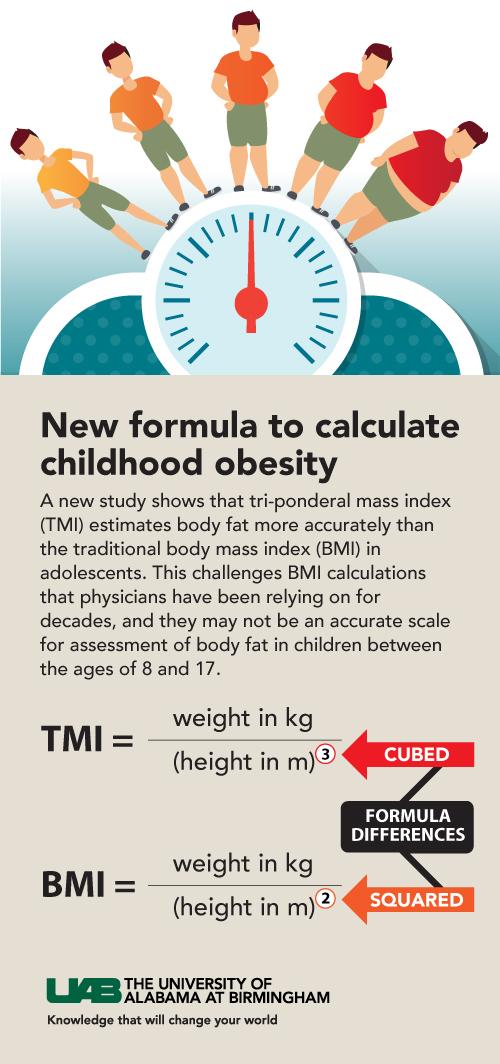May 2003 - Researchers from The Children's Hospital of Philadelphia successfully cured 91 percent of infants of a rare but serious condition called focal congenital hyperinsulinism (HI). In this condition, excess levels of insulin cause low blood sugar, which may lead to irreversible brain damage in children.
Using a team approach combining medical tests, operative biopsies and precise, technically demanding surgery, the physicians were able to cure newborns of focal congenital HI without causing diabetes, a common complication of conventional HI surgery.
N. Scott Adzick, M.D., surgeon-in-chief at The Children's Hospital of Philadelphia, described this research today at the annual meeting of the American Pediatric Surgical Association.
Dr. Adzick reported results from a study of 34 children with a median age of 7 weeks who underwent surgery from 1999 to 2002 at The Children's Hospital of Philadelphia. As determined by both preoperative testing and an operative biopsy, all the children had the focal form of congenital HI, in which the abnormal tissue is confined to a limited area of the pancreas, the organ that produces insulin.
Of the 34 patients, 31 did not subsequently require medication to control their insulin levels. The remaining three children continued to require medical treatment for low blood sugar, but like all 34 patients, did not develop diabetes.
Continue Reading Below ↓↓↓
Both HI and diabetes involve an imbalance of insulin. Hyperinsulinism results from excess insulin; diabetes from insufficient insulin. While some forms of HI in infants are transient and relatively common, congenital HI is a rare genetic disease, with several subtypes, based on specific mutations.
The most severe forms of congenital HI affect an estimated 100 to 200 infants annually in the U.S. Of that number, approximately two-thirds may have the focal type, as found by the Children's Hospital team.
The Children's Hospital team uses medical tests performed by interventional radiologists to guide the diagnosis and the delicate surgery on the infant's pancreas, an organ the size of an adult's little finger.
The surgical team performed a partial pancreatectomy, removing the diseased portion of the pancreas while leaving the rest of the organ intact. In contrast, in the other form of congenital HI, diffuse HI, abnormal tissue permeates the pancreas, and 98 percent of that organ must usually be removed. This near-total pancreatectomy leaves the child at risk for diabetes.
At most centers where surgery is performed for HI, near-total pancreatectomies are the norm, because physicians are unable to accurately differentiate between diffuse and focal HI. Children's Hospital is the only center in the United States, and one of only two in the world, to perform partial pancreatectomies for focal HI.
The physicians use interventional radiology techniques to help distinguish focal HI from diffuse HI before the surgery. These are selective stimulation and sampling of blood vessels in different parts of the pancreas to help pinpoint the location of the abnormal cells. During the surgery, they use pancreatic biopsies, analyzed rapidly by a pathologist, to confirm that diseased tissue is removed.
"We draw on the talents of a full team � pediatric endocrinologists, radiologists, pathologists and surgeons � to achieve these results," said Charles A. Stanley, M.D., chief of Endocrinology at Children's Hospital. "This team approach enables us to distinguish focal disease from diffuse disease, identify the specific site of the focal lesion and perform a surgical cure for the vast majority of children with focal hyperinsulinism."
Dr. Adzick's and Dr. Stanley's co-authors from The Children's Hospital of Philadelphia were Robin D. Kaye, M.D., chief of Interventional Radiology; and Eduardo Ruchelli, M.D., an attending pathologist. Another co-author, Paul S. Thornton, M.D., was at Children's Hospital when the study was conducted, but is now at Cook Children's Healthcare System, Fort Worth, Tex.
Source: Childrens Hospital of Philadelphia









